So now that summer in the northern hemisphere is winding down and a lot of the harvest is in, it’s time to get the fall garden going full speed. As spring and summer crops finish and old plants are pulled out, a lot of open beds begin to appear so it’s time to start filling them up again.
Being in hardiness zone 7a it is possible some years to continue harvesting some things into December. My first frost is usually around the middle of October but most things I plant in the fall can withstand a frost and probably tolerate nights in the upper 20’s. That being said, I began planting some fall crops this year as early as July. Even though many plants can tolerate very low temperatures, the sun begins losing energy and the days become shorter as the fall months arrive. Crops that take 8 weeks to produce in the spring may take 10 weeks in the fall. And eventually things go almost dormant so it’s important to get things going early enough to guarantee a harvest.
Snow peas are one such plant that takes a while to produce. My spring planting took 9 or 10 weeks before they even began producing so for my fall planting I needed to allow for 11-14 weeks. I planted my peas in the middle of July and hope to get snow peas in October. I grow these the same way as I did in the spring using tomato baskets as my support system.
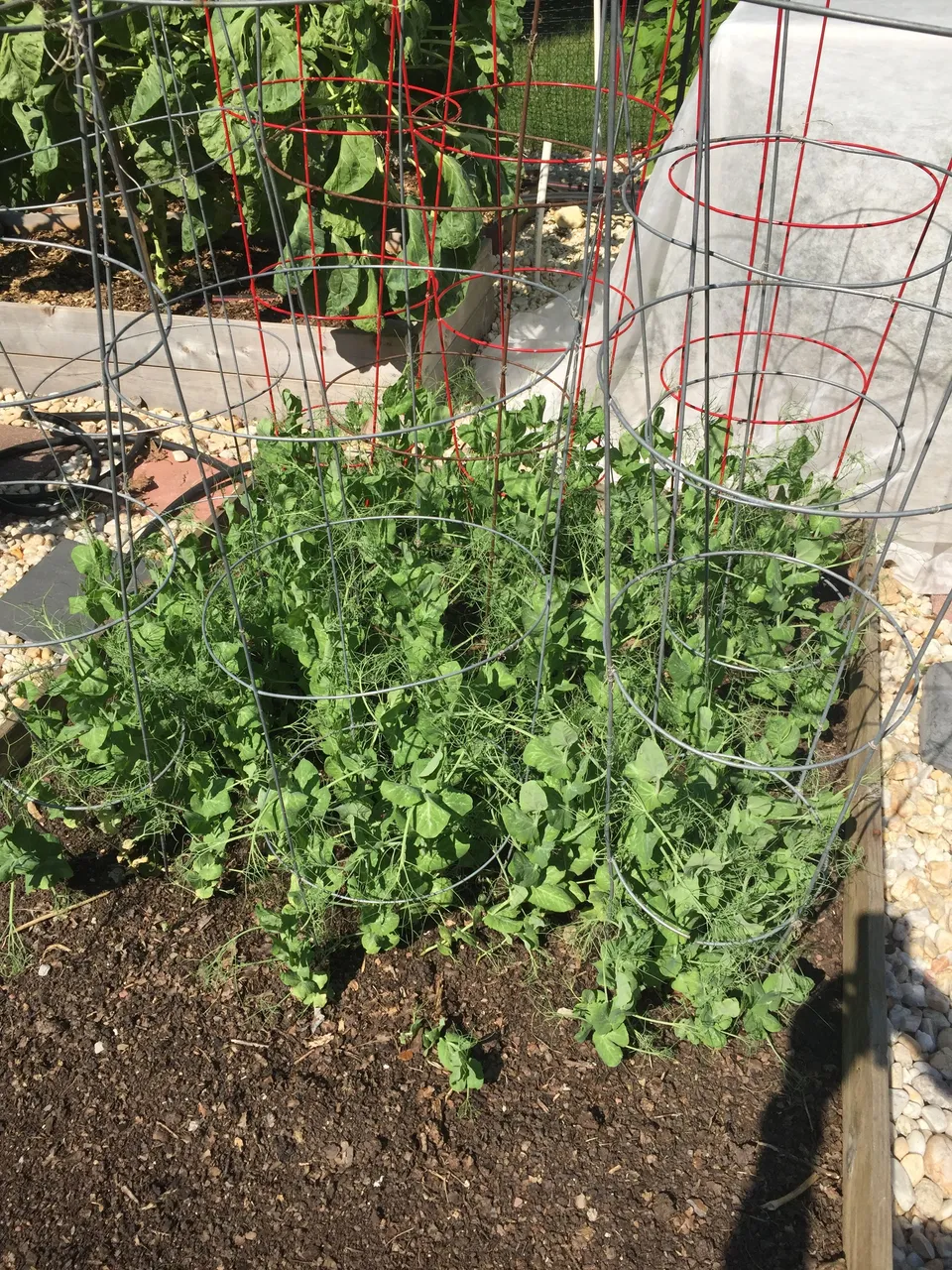
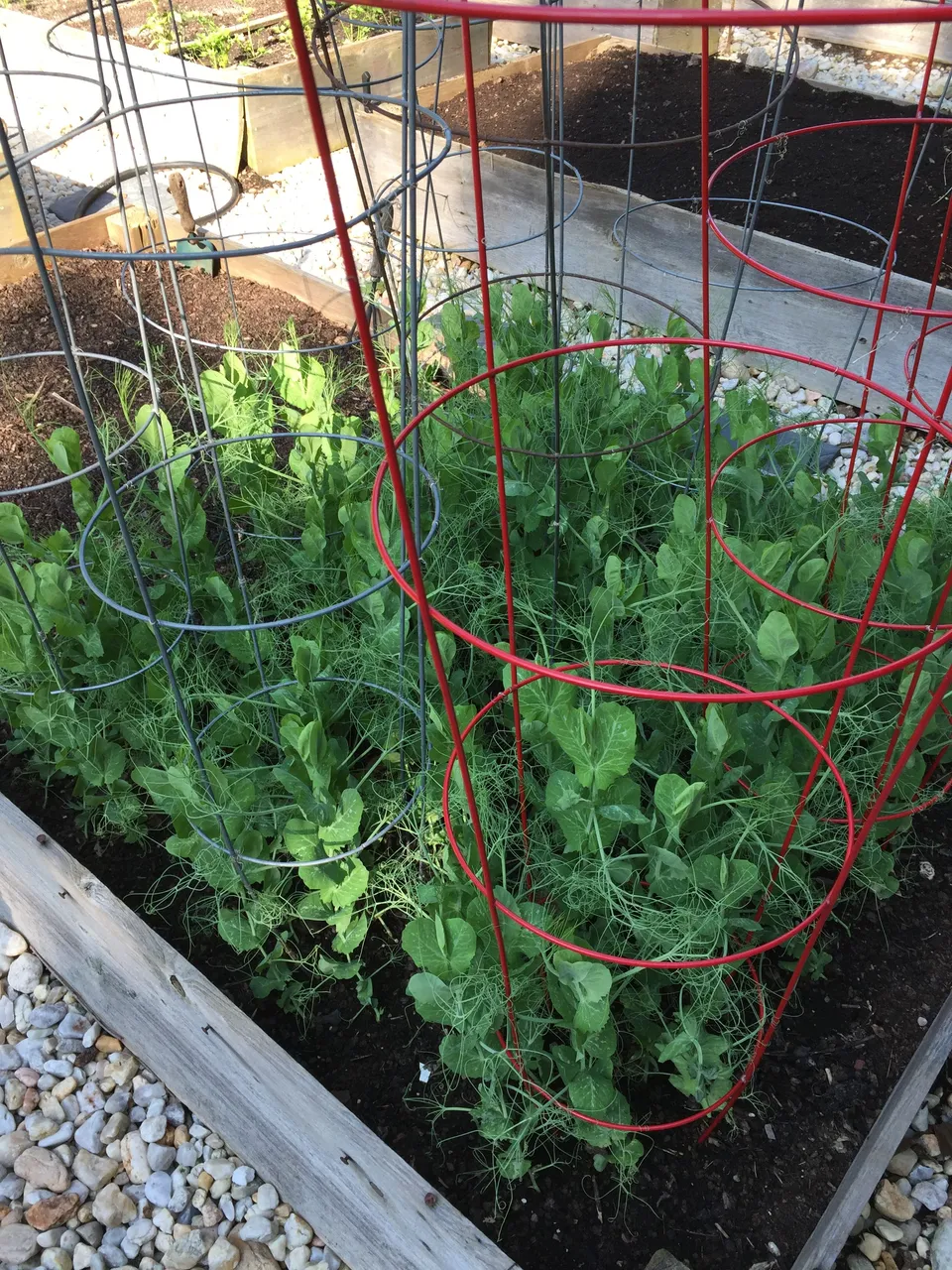
I’m growing a crop of Italian Roma beans for the fall. These were planted the end of July and should produce a nice crop late September through most of October. My beans are the one thing that is susceptible to frost so my harvest may get cut short in the middle of October.
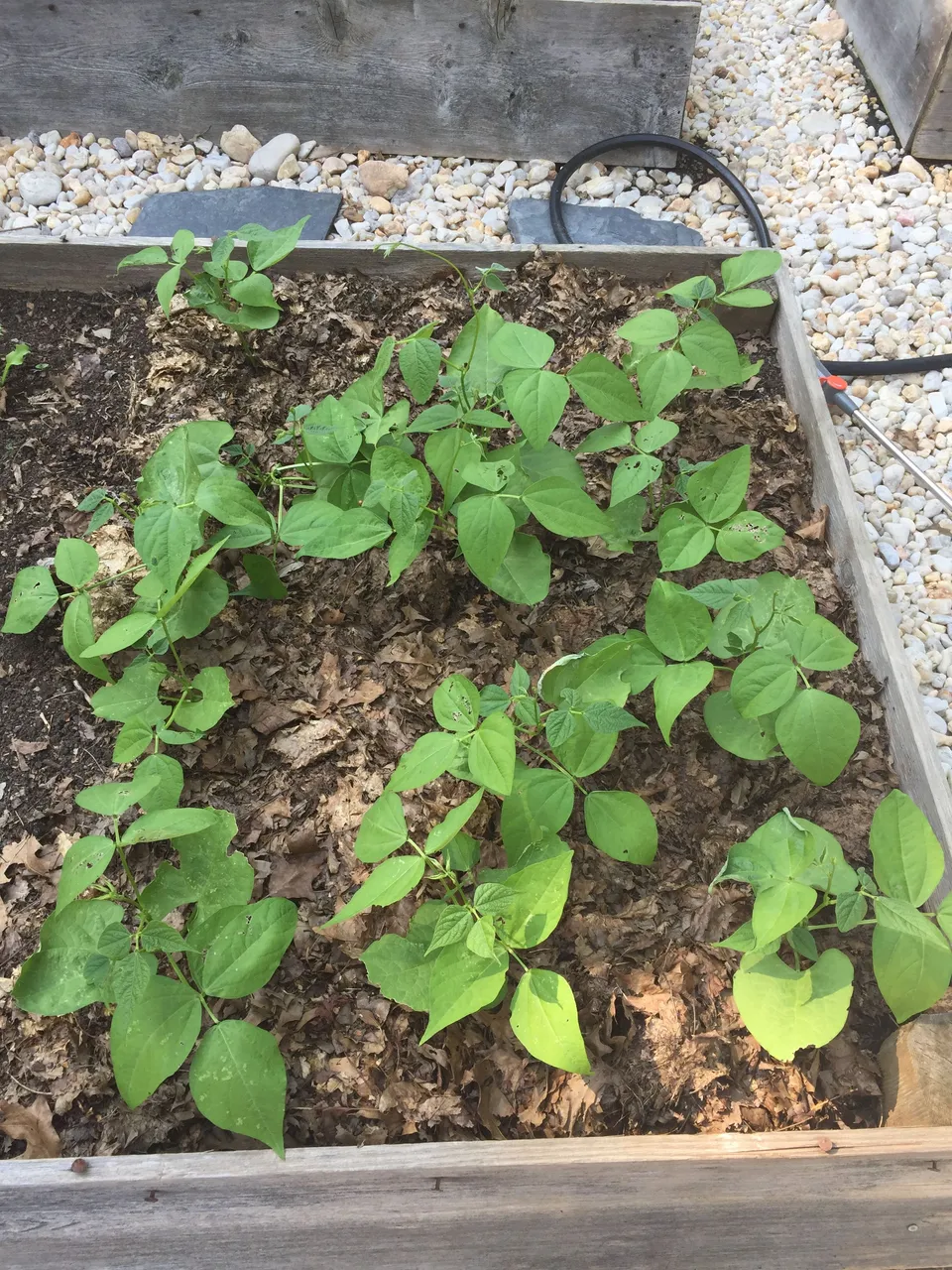
In the Cole family I’m growing broccolini, savoy cabbage and kohlrabi. The cabbage and broccolini I’m trying to protect with a row cover from the egg laying moths. I built a couple frames with PVC to keep the row cover off the plants.
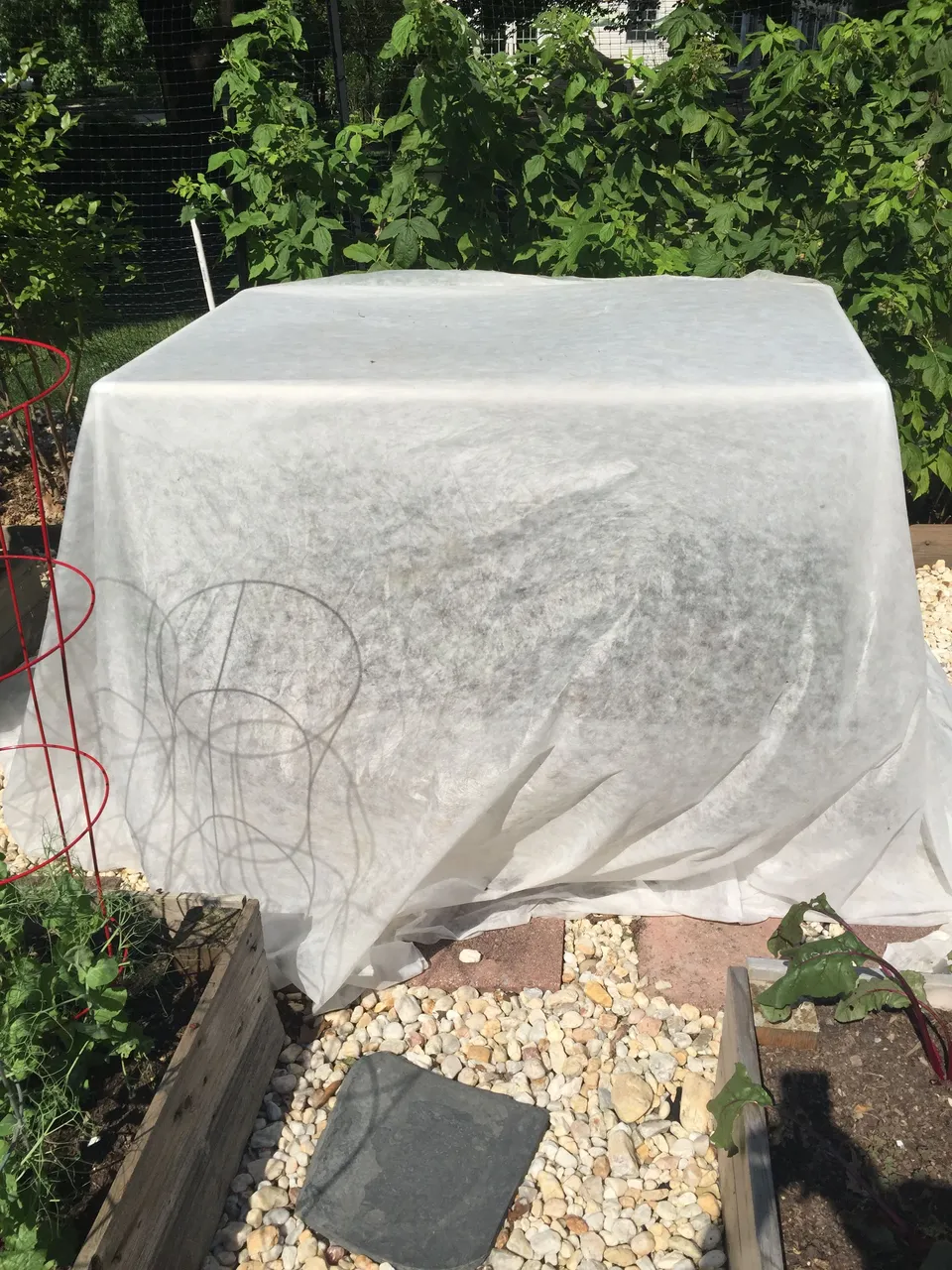
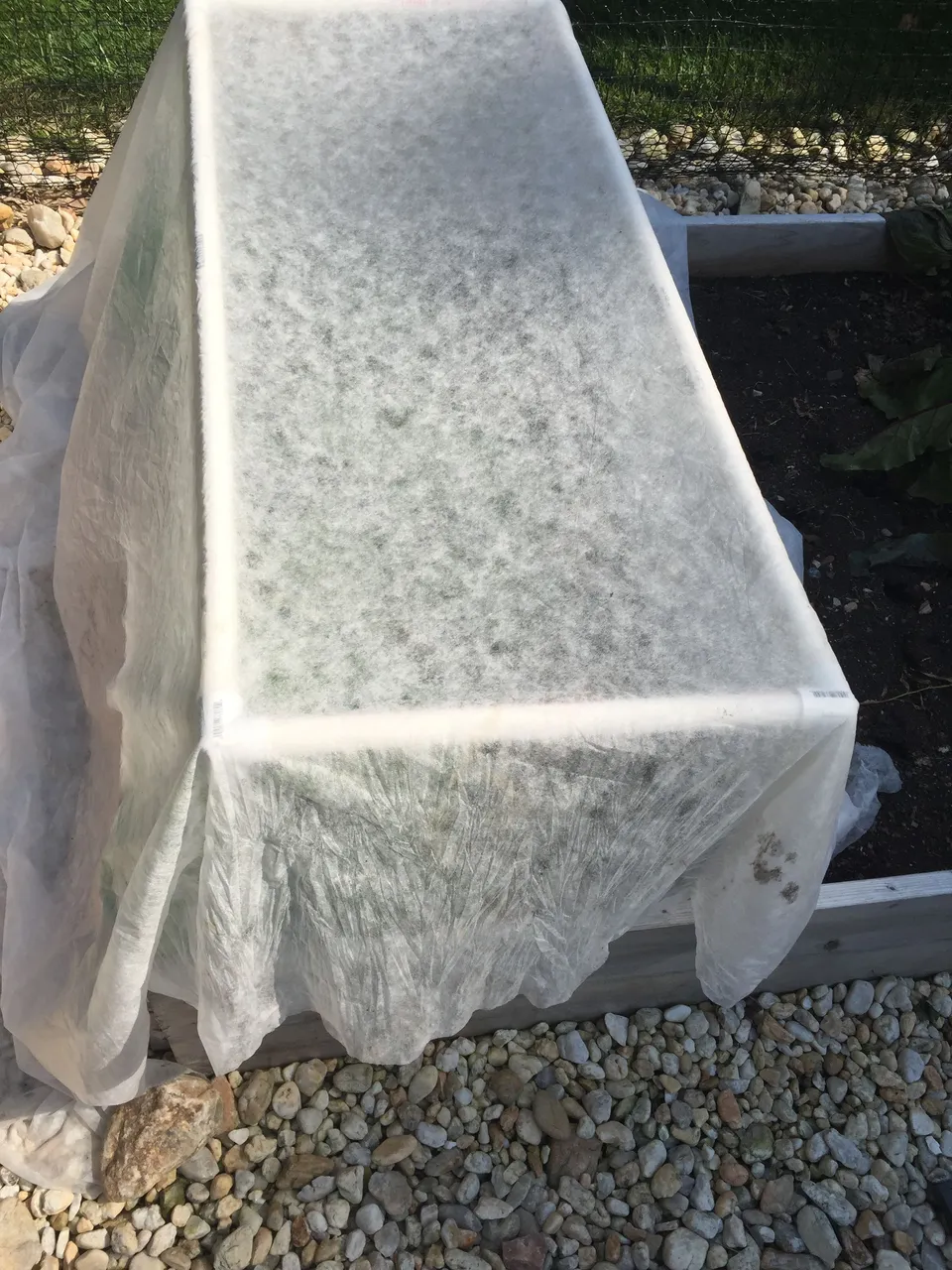
These were also started in my basement under my grow lights and transplanted into the garden in the beginning of August. I have found it very difficult between the summer heat and bugs to start broccolis and cabbages from seed in the garden so I get them to a good size in the basement and then transplant them. They are doing very well so far.

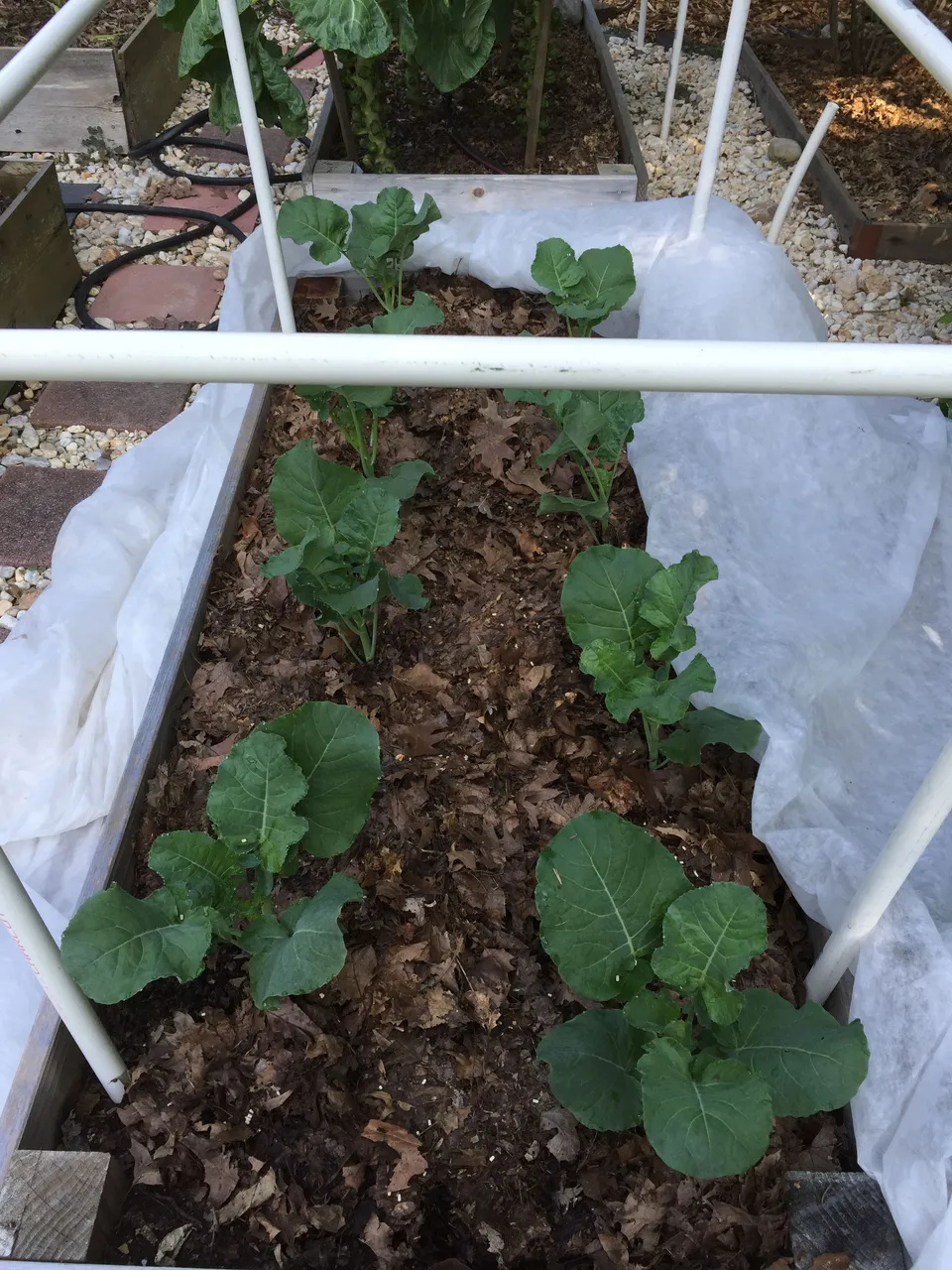
Here are my kohlrabi plants which I didn’t bother covering or starting in the basement but treat with diatomaceous earth to keep the flea beetles and other pests away. They are doing ok and I just planted a second crop since they do not take as long as broccoli and cabbage to produce.
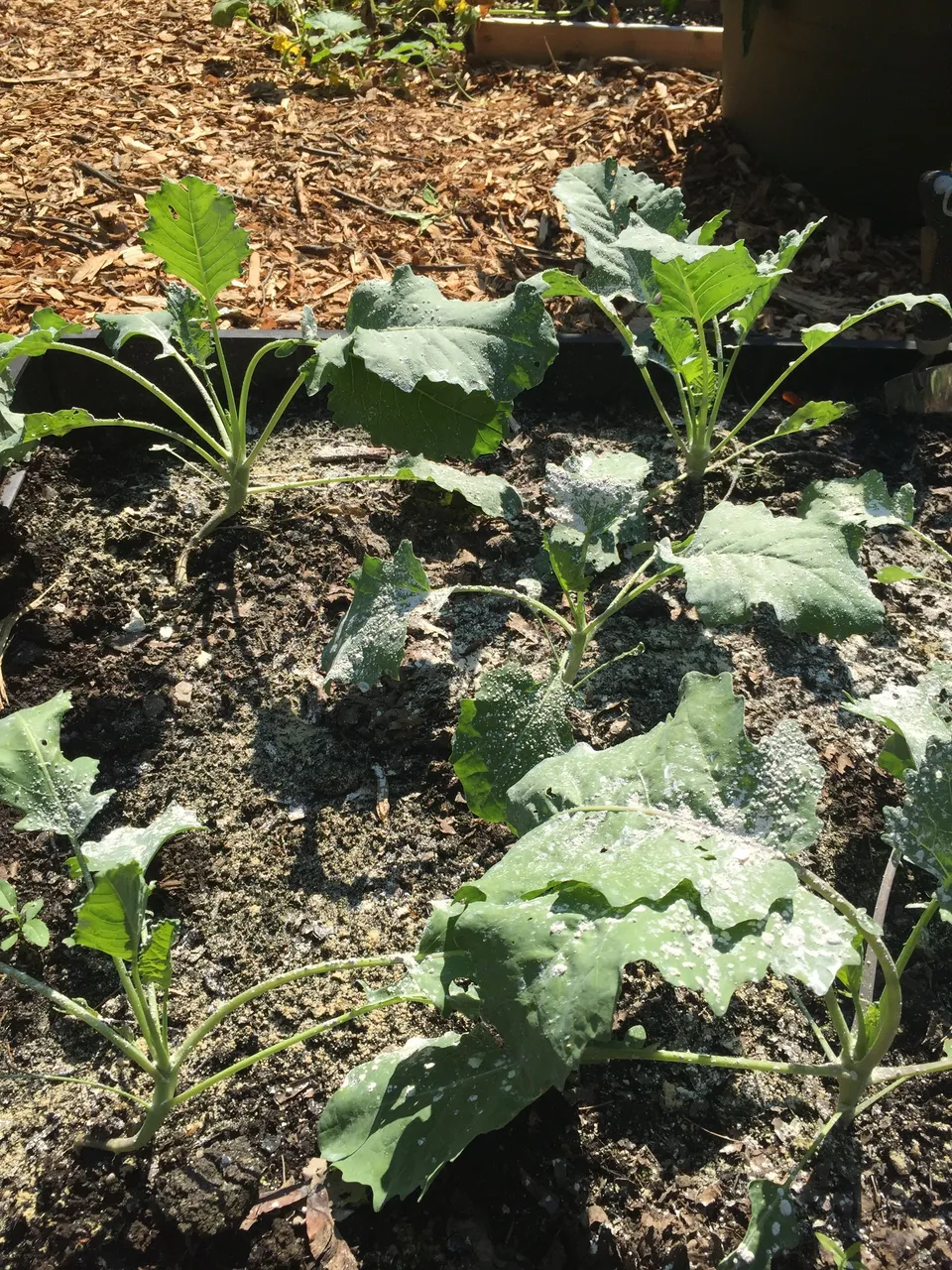
I’m having some difficulty getting the spinach and lettuce going this year so far and may have to wait until it gets a little cooler but I was able to get some endive going.

My root crops for the fall consist of carrots, radishes and bunching onions (or scallions). They are doing well but some nocturnal ground pest (possibly some sort of cutworm) is eating some of my carrots so I'm keeping them dusted with diatomaceous earth as well.



I will continue to plant radishes for at least another month since they mature quickly. It is always difficult to get the spinach going for the fall but I will be persistent until successful. I should have better luck once temperatures are topping out in the 70’s and falling into the 50’s at night. And if you read my spinach post I did in the spring you’ll know I have had good success getting my spinach to overwinter. So even if my harvest is brief in the fall, hopefully I will be off and running with spinach next April.
https://steemit.com/gardening/@garden-to-eat/growing-spinach
Thanks for reading and let me know how your fall gardens are going.